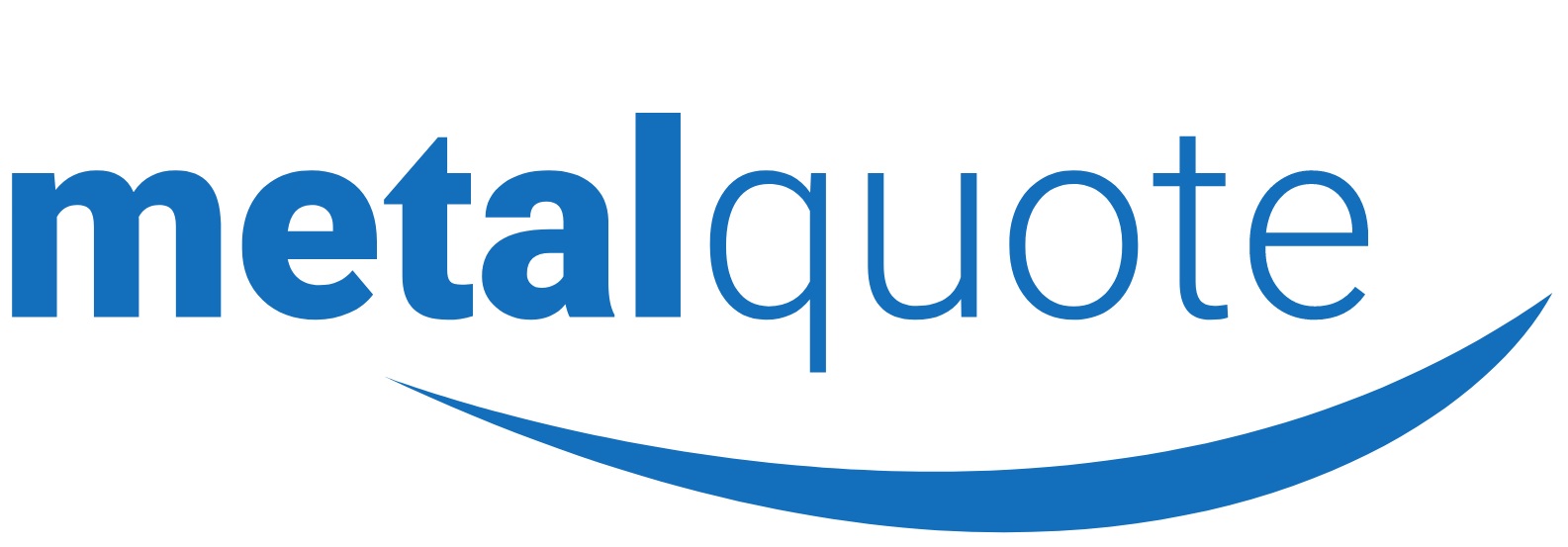LONDON, Jan 3 (Reuters) – Lead prices hit an 11-week high on Wednesday as expectations of seasonally strong demand and the likelihood of shortages over the winter months spurred investor buying. Benchmark lead on the London Metal Exchange traded down 0.1 percent at $2,566 a tonne in official rings. Prices of the battery metal earlier touched $2,578.50, the highest since Oct. 16. “The severe cold snap in the US — with pictures of a nearly frozen Niagara Falls — refocused interest on lead,” said Farid Ahmed, lead analyst at consultants Wood Mackenzie. “Plunging temperatures raise the prospect of a surge in car battery failures leading to a spike in replacement battery demand. When this coincides with tight supply and low stocks, the prospect of an acute squeeze becomes a genuine concern.” Wood Mackenzie estimates the lead market will see a deficit of 115,000 tonnes this year and 56,000 tonnes in 2019 after a 119,000 shortfall last year. WINTER: A major winter storm will start hitting the U.S Southeast up through New England on Wednesday with freezing rain, snow and strong winds, adding to record-shattering cold that is keeping its grip on much of the eastern United States. CHINA: China accounts for about 40 percent of global lead demand estimated at around 12 million tonnes this year. More than 80 percent of global lead consumption is for batteries mainly for autos. The biggest supply shortfall over coming months is seen in top consumer China due to an environmental crackdown on polluting industries. SISTER-METAL: Lead is mined alongside zinc. Closures of major mines such as Century in Australia and Lisheen in Ireland and cutbacks by miners such as Glencore have left the market short of both metals. Between 2014 and 2016 mined lead supply shrank by roughly 500,000 tonnes, or 10 percent of the global total. “Mine closures have starved the market of new supply,” said Societe Generale analyst Robin Bhar. STOCKS: Inventories of lead in LME approved warehouses at 142,025 tonnes are down more than 25 percent since January last year. POSITIONING: Large holding of LME warrants and cash contracts have also reinforced concerns about availability creating a premium of $9 a tonne for the cash over the three-month contract. That differential on Dec. 27 was a discount of $11 a tonne. DOLLAR: Weighing on industrial metals was a firmer U.S. currency, which when it rises makes dollar-denominated commodities more expensive for non-U.S. firms. PRICES: Copper slipped 0.6 percent to $7,160 a tonne, aluminium fell 0.6 percent to $2,251, zinc lost 0.5 percent to $3,331, tin gained 0.4 percent to $19,950 and nickel ceded 0.7 percent to $12,525.

